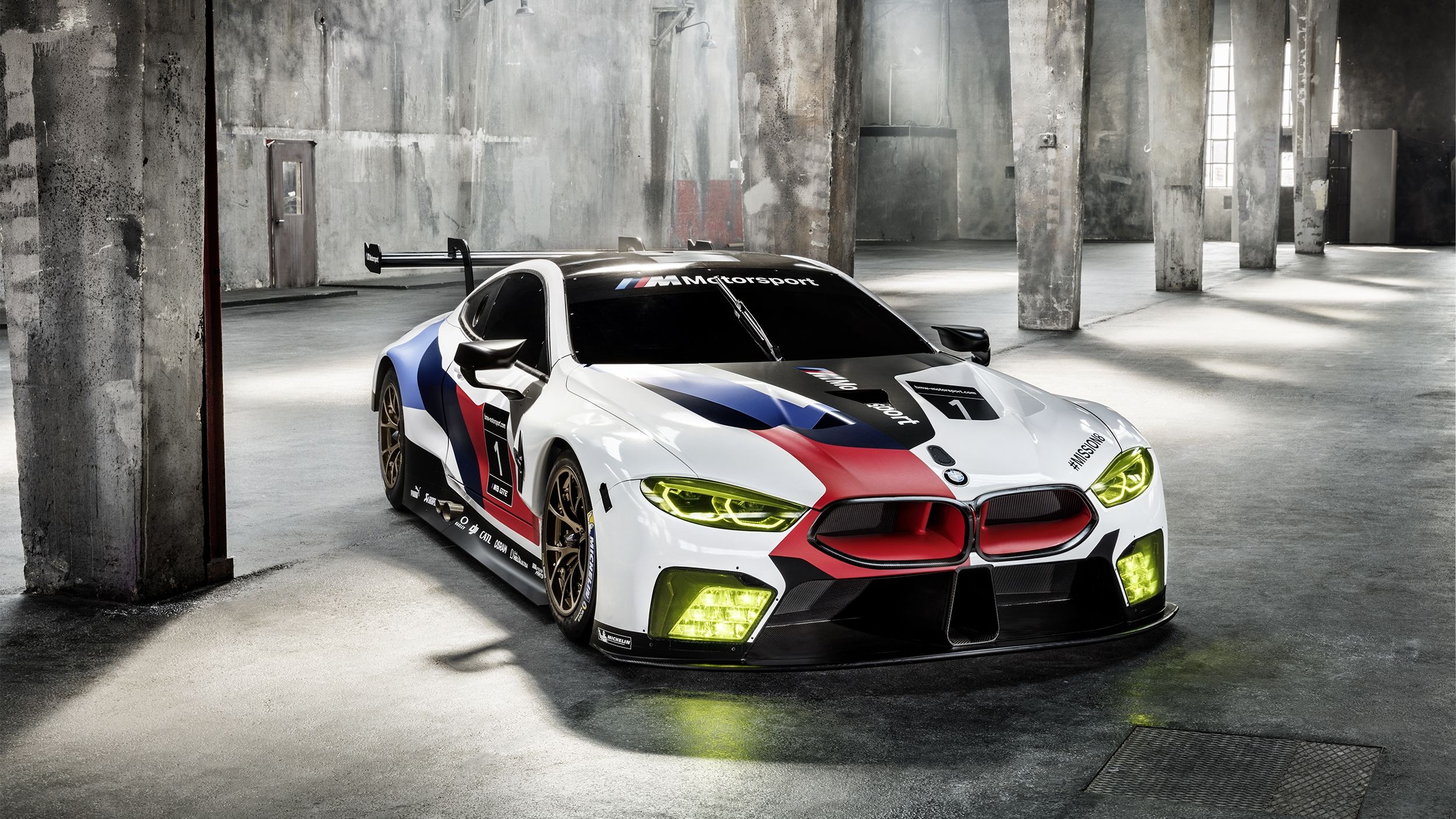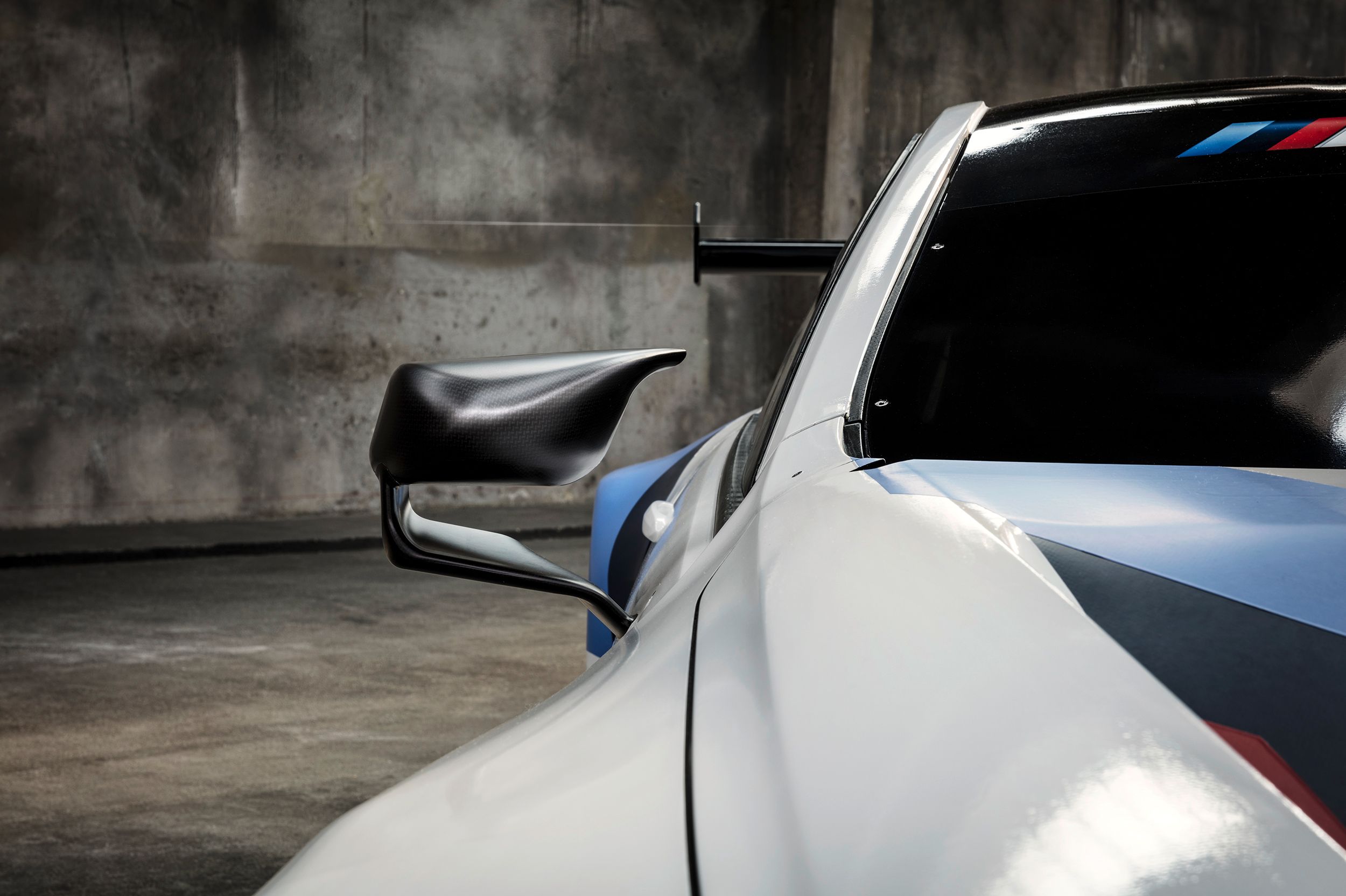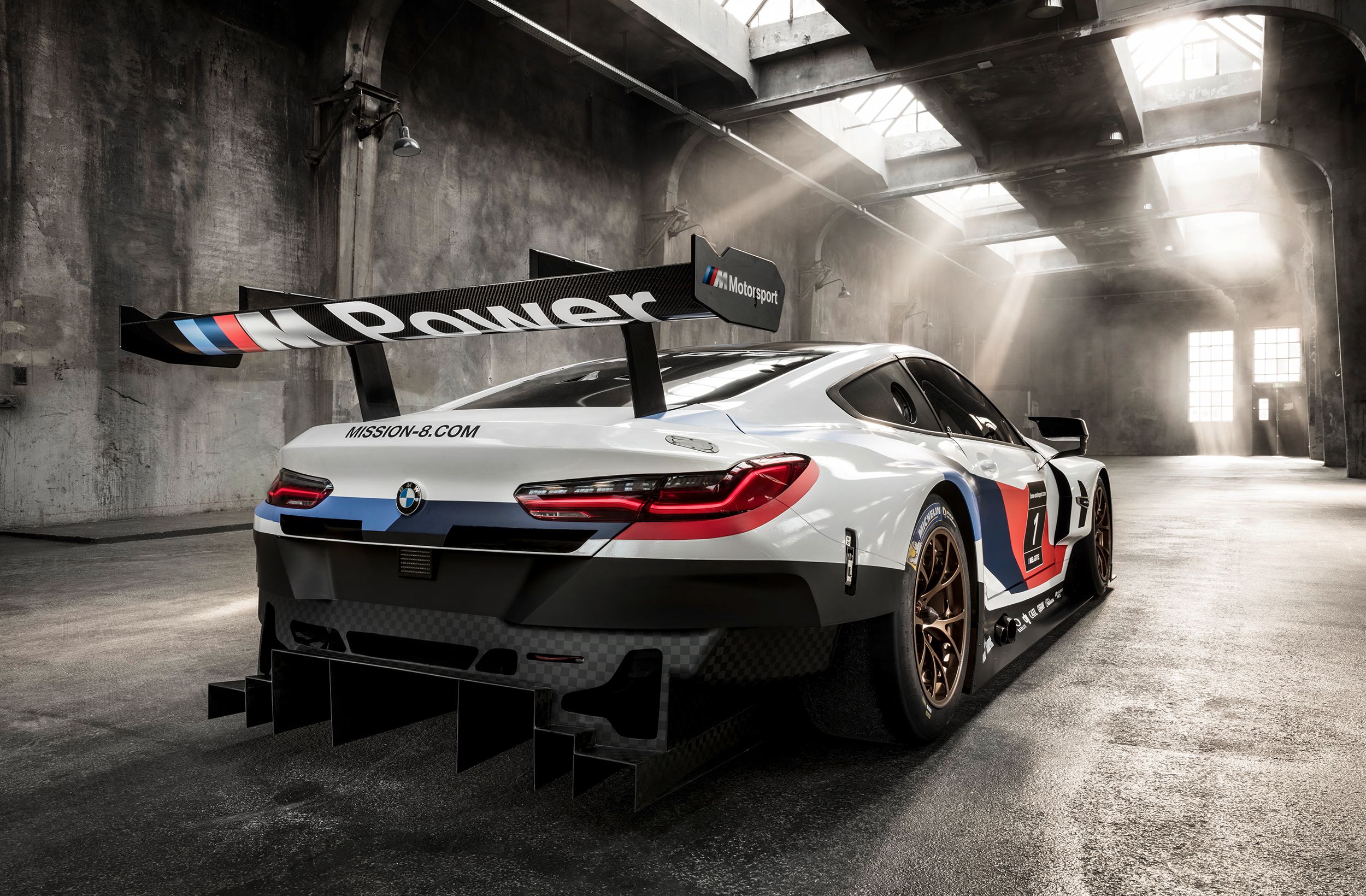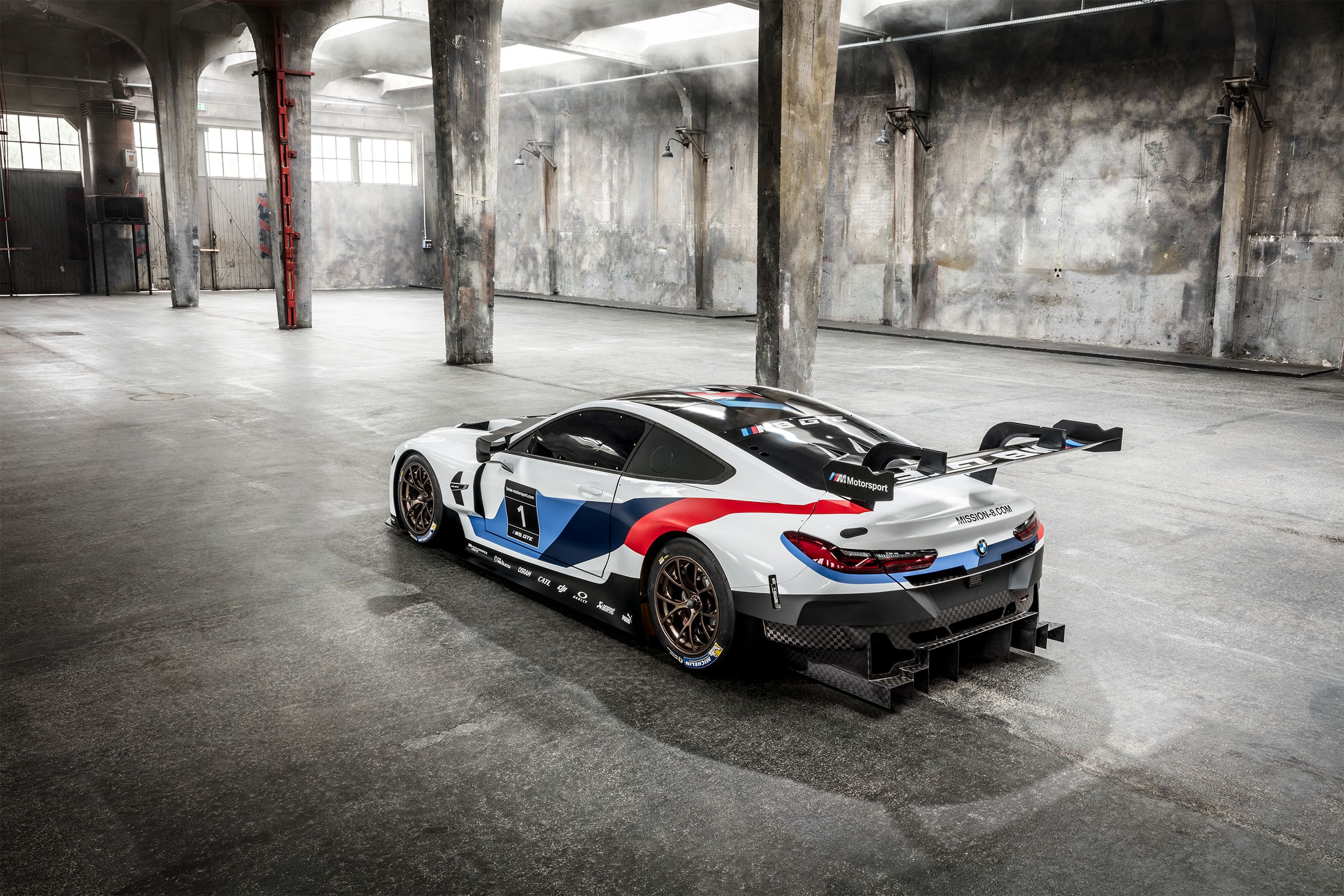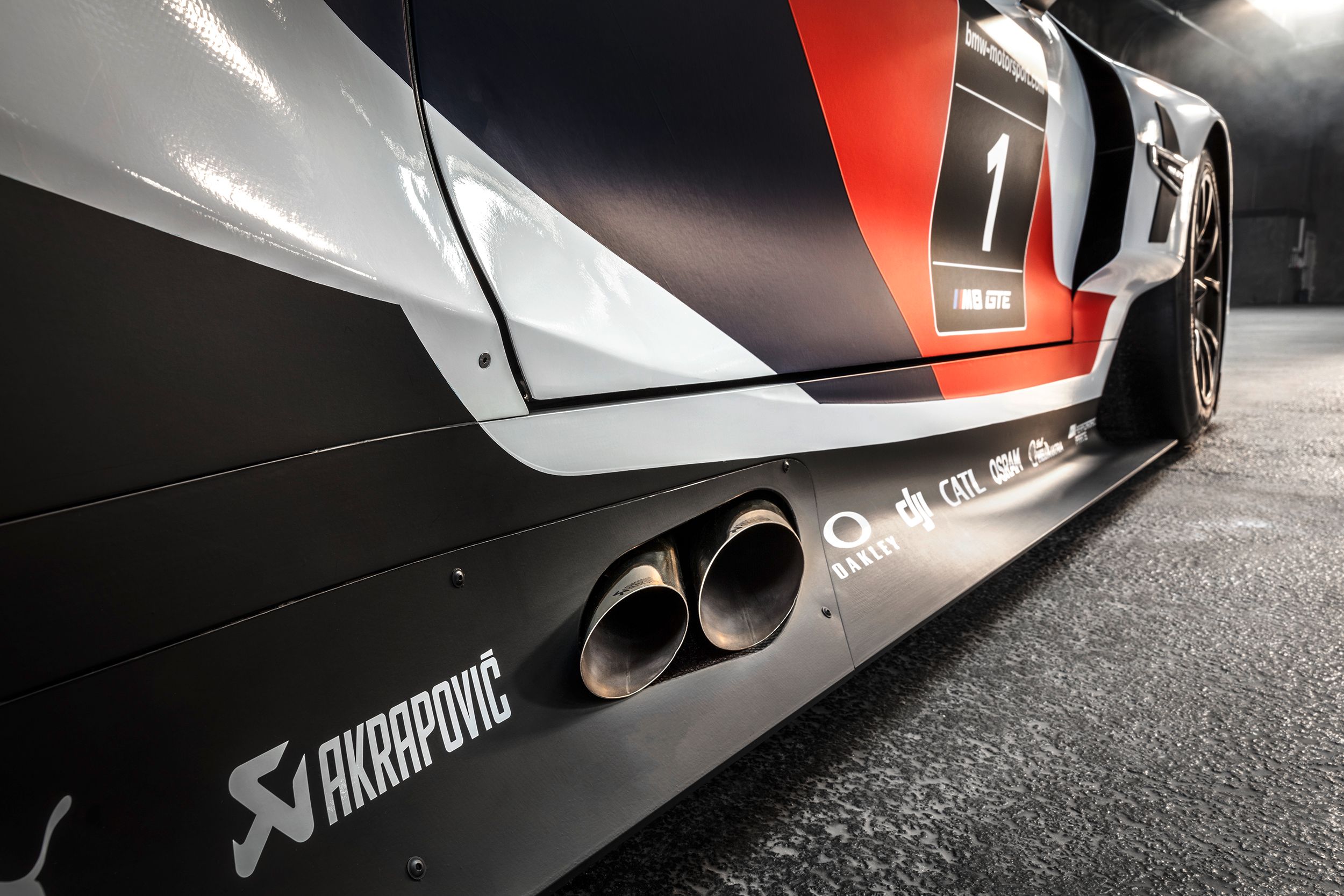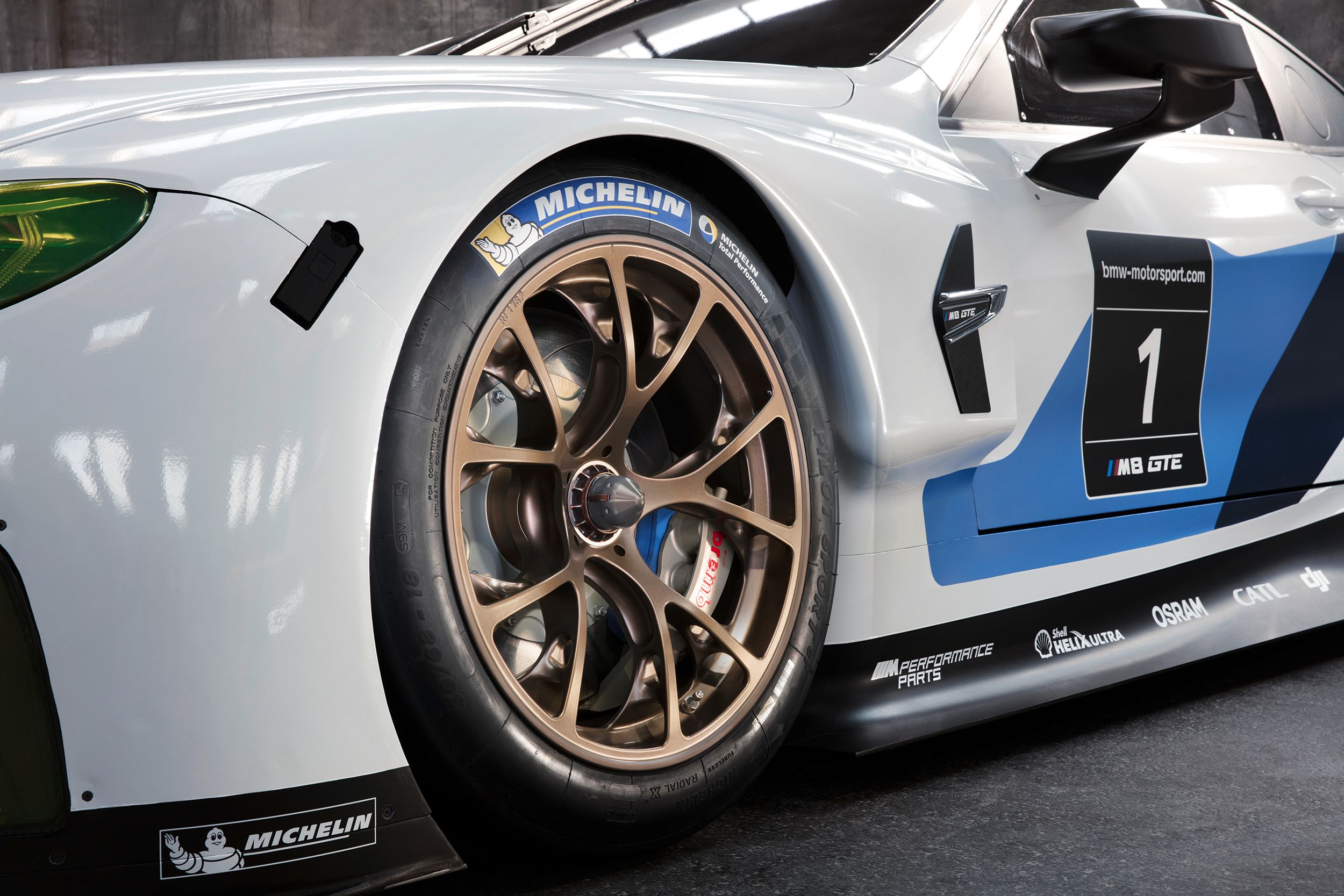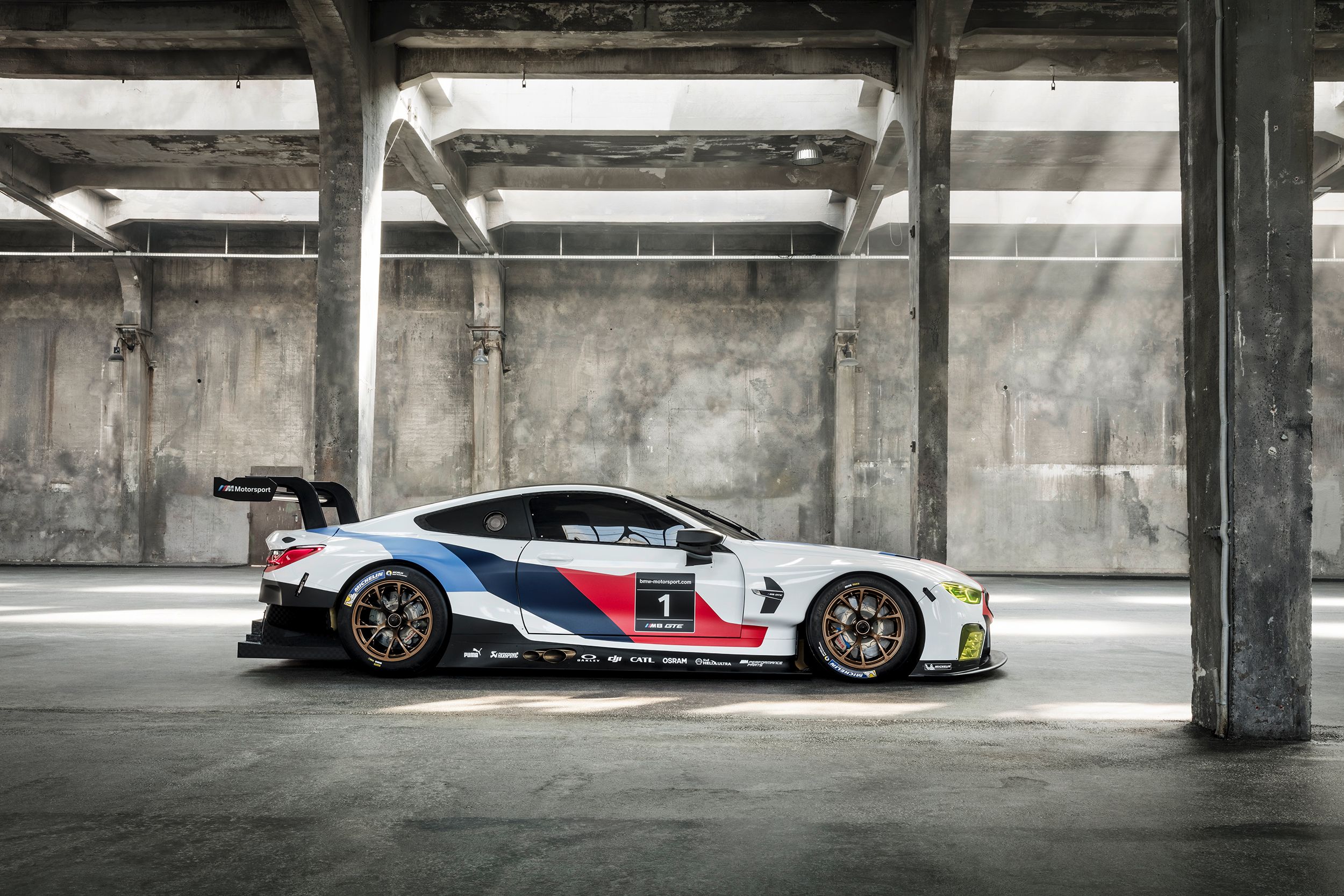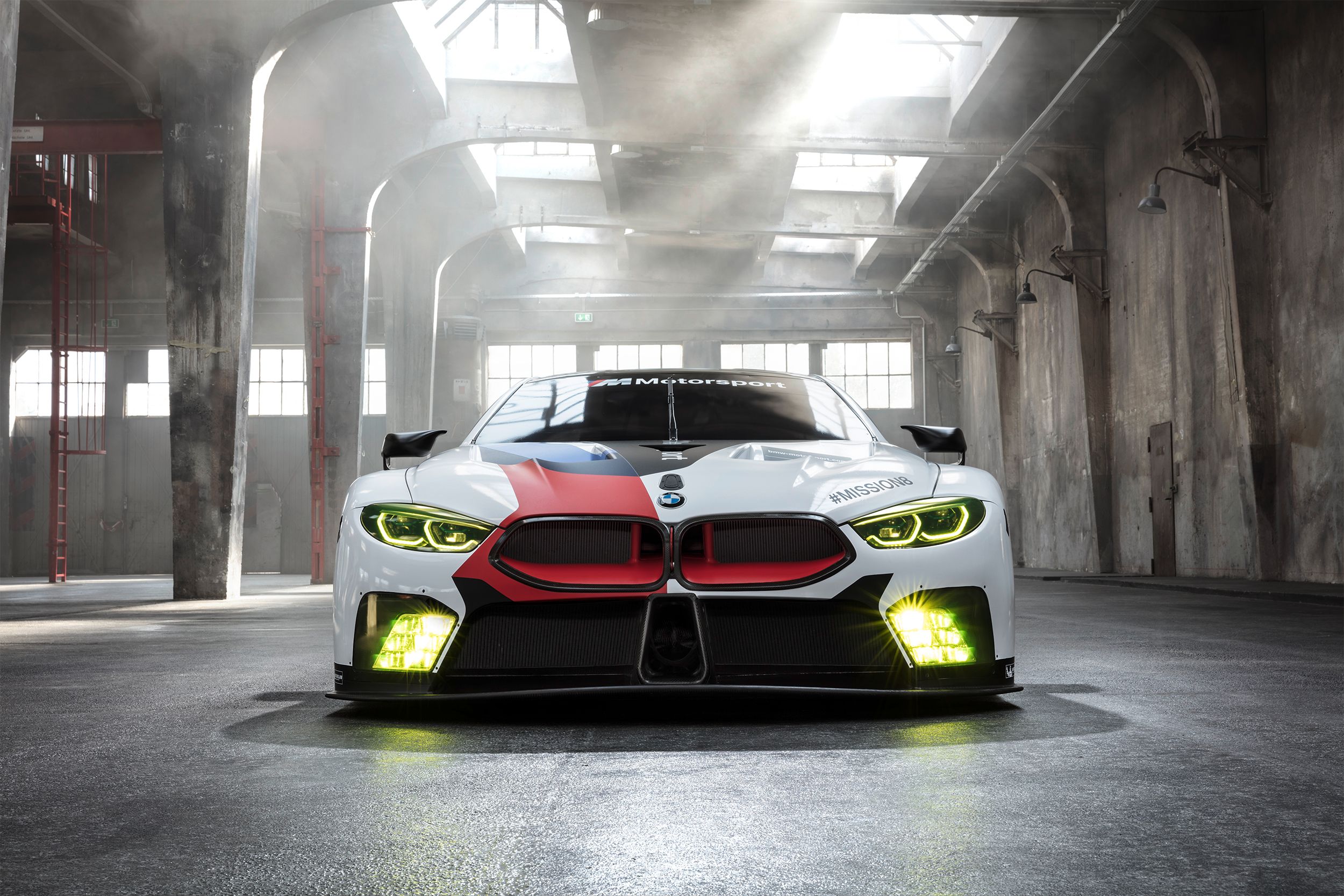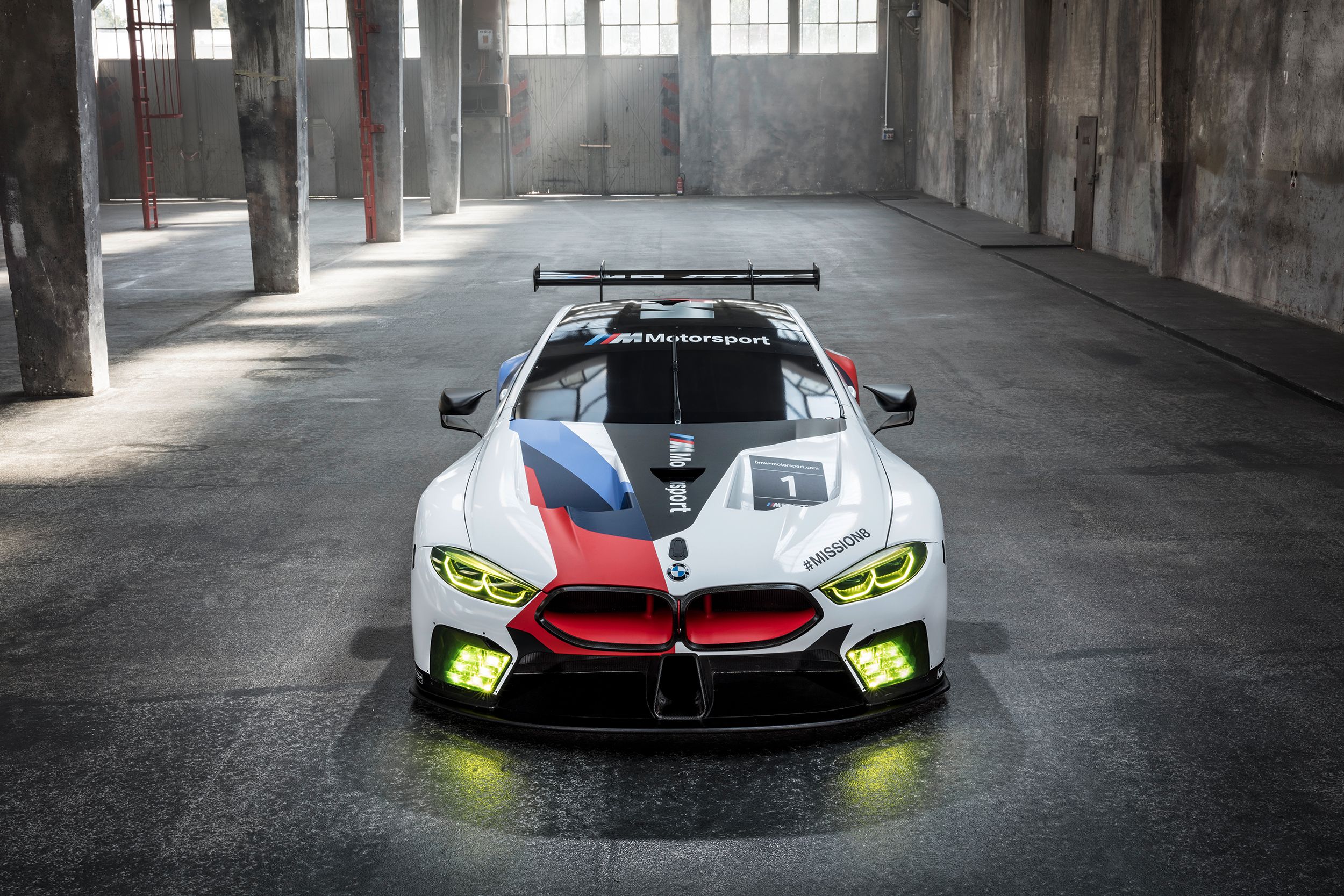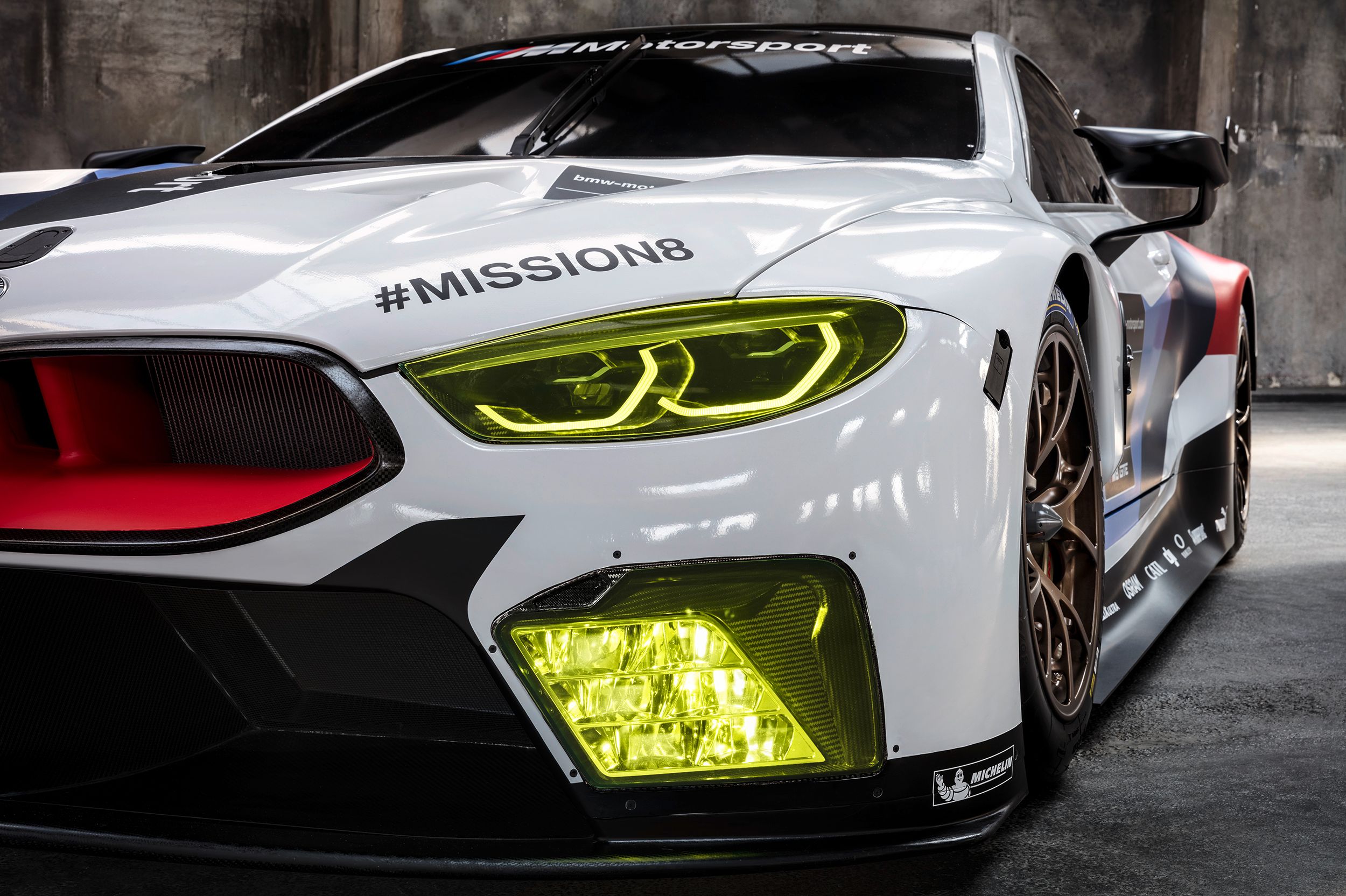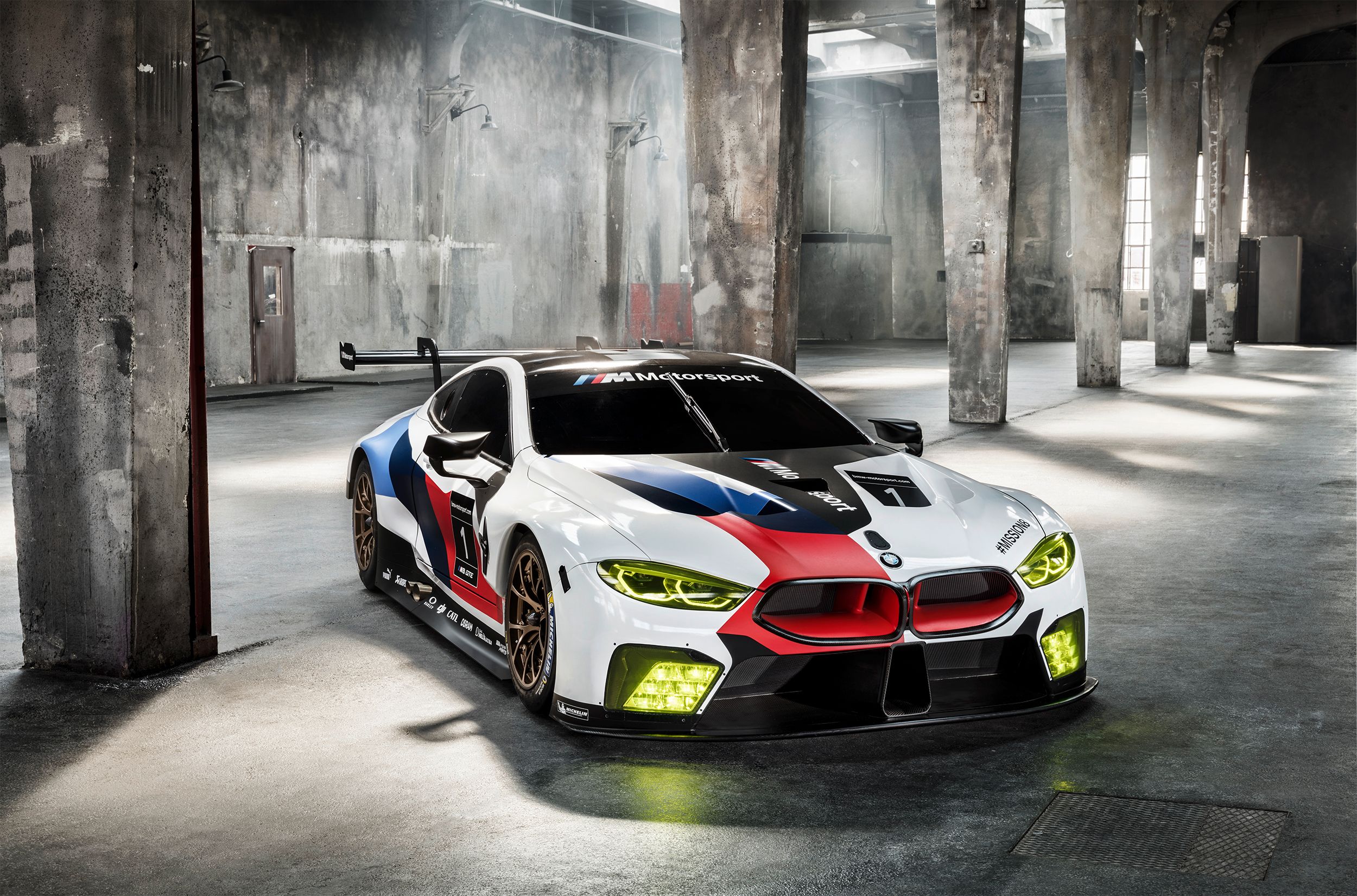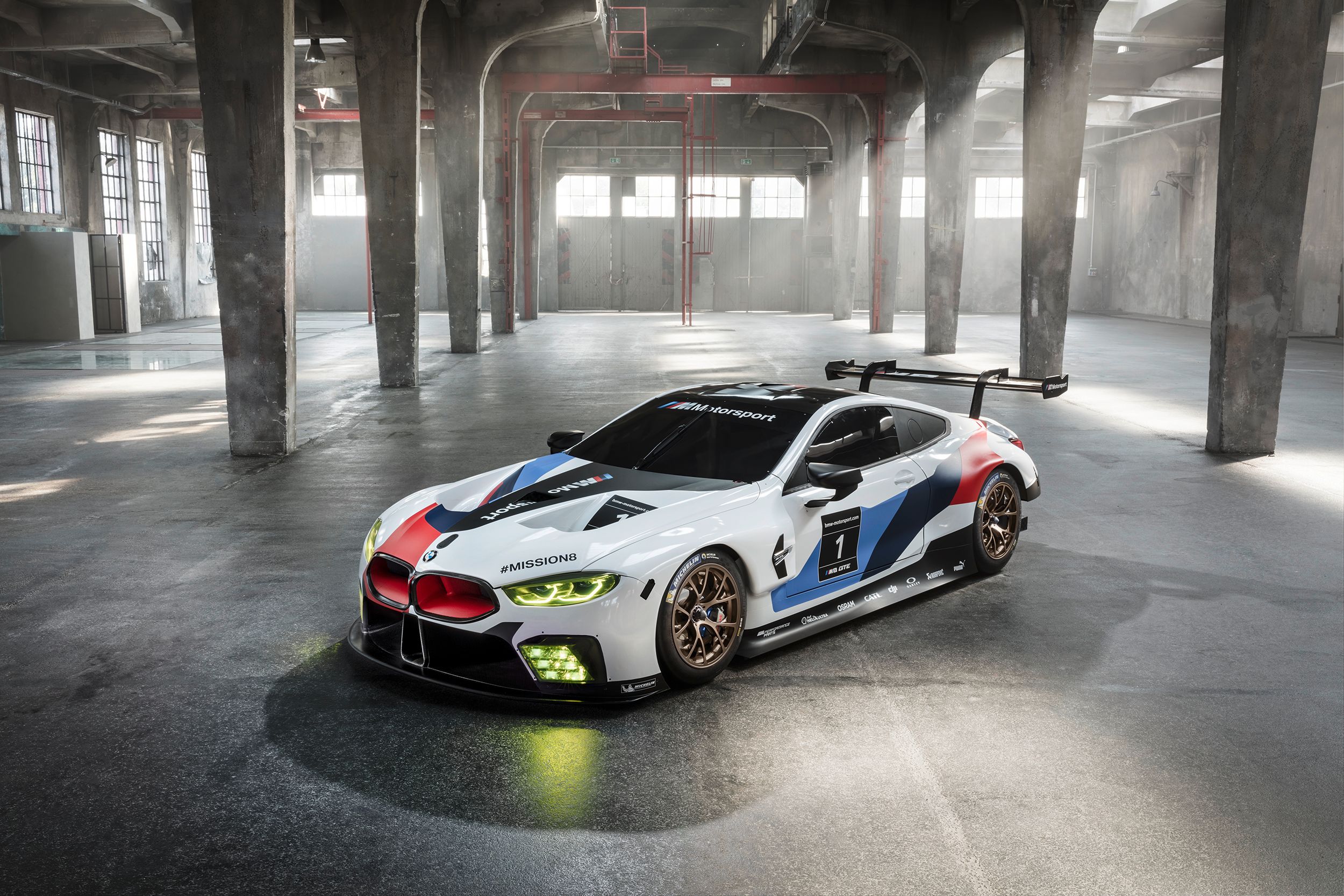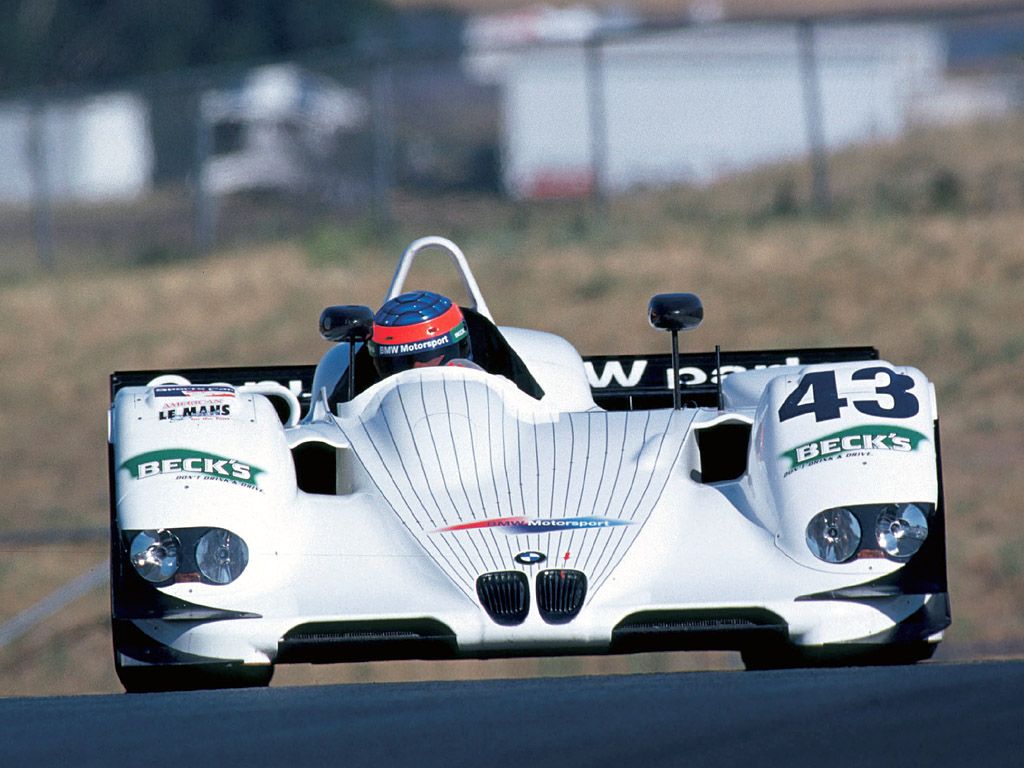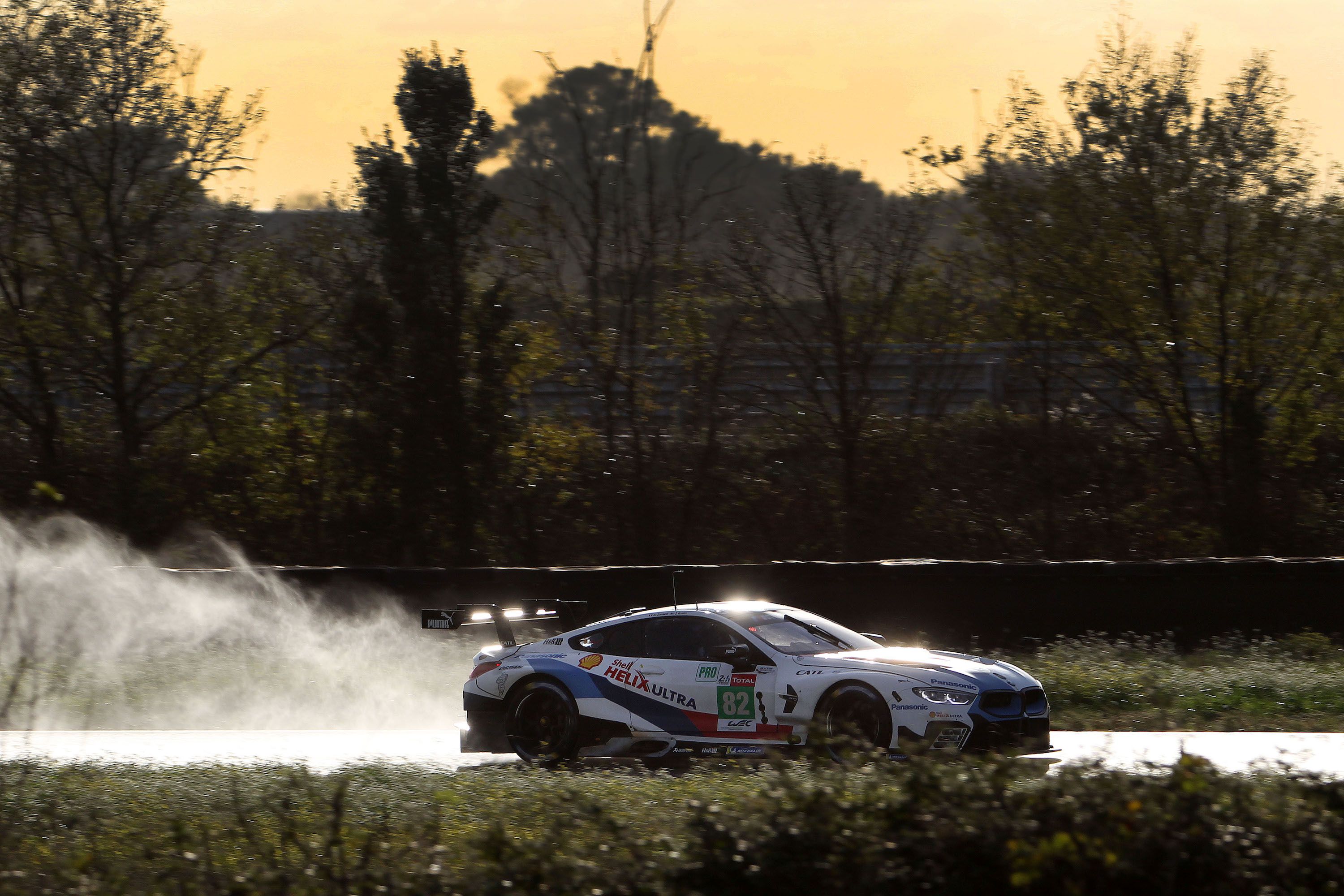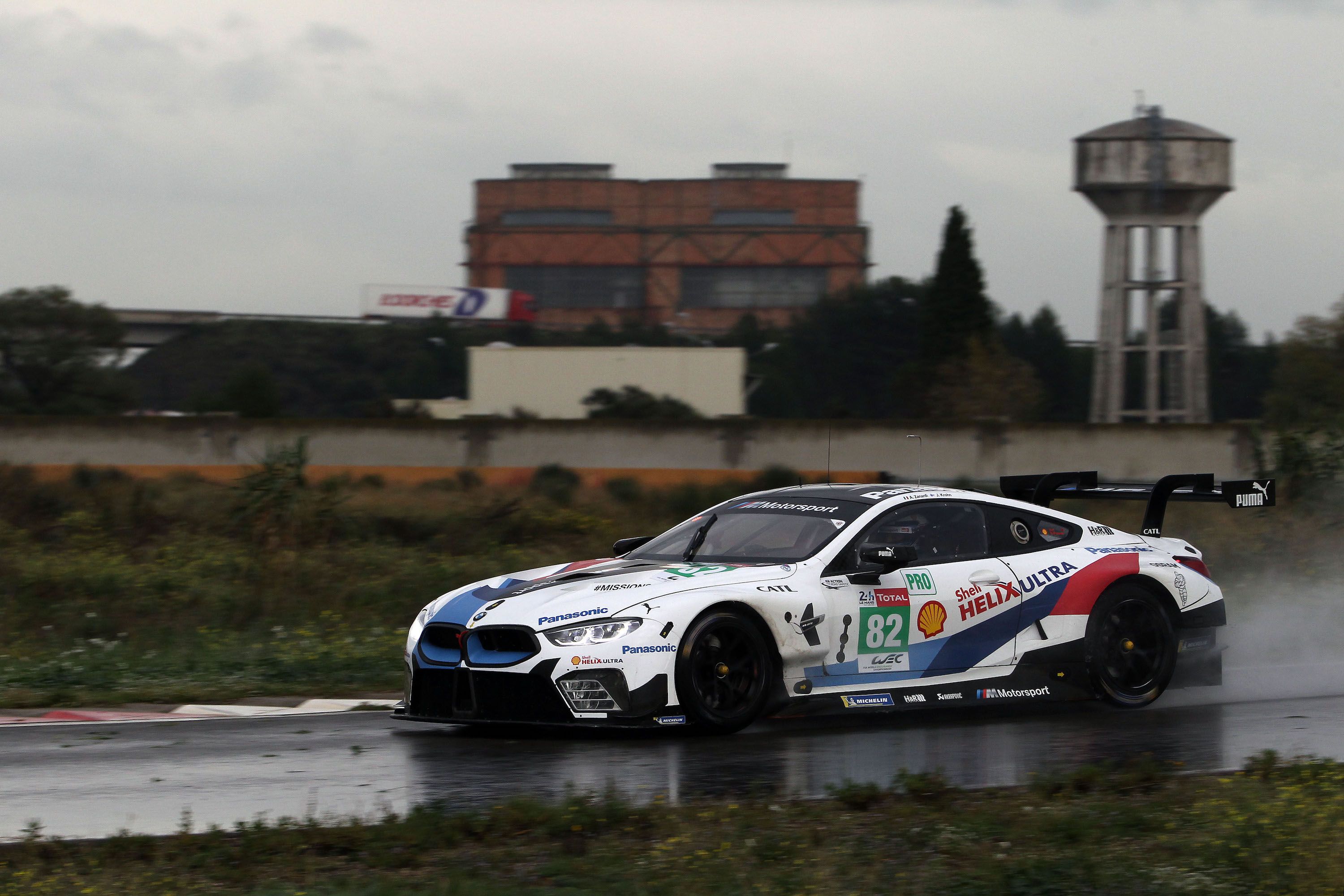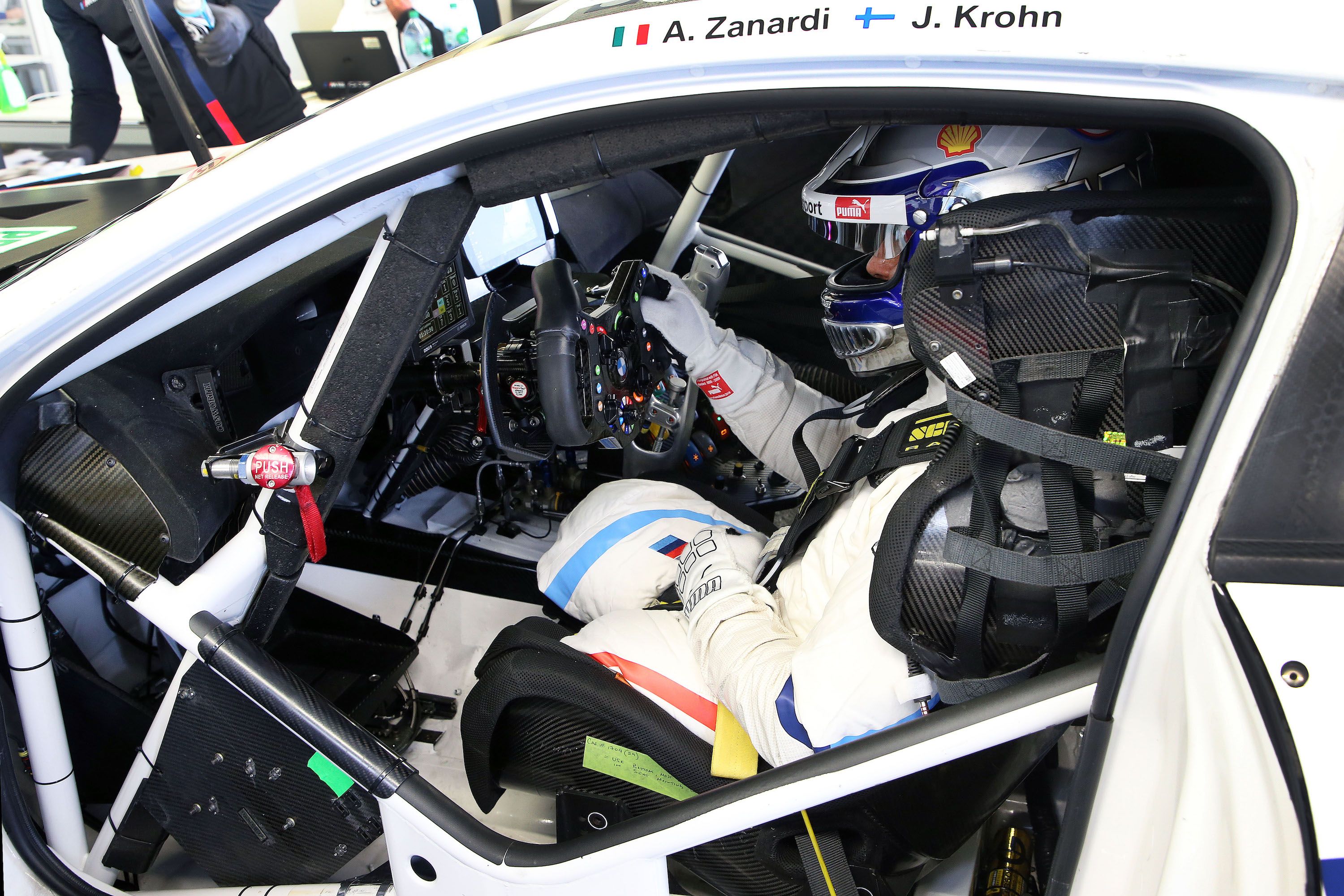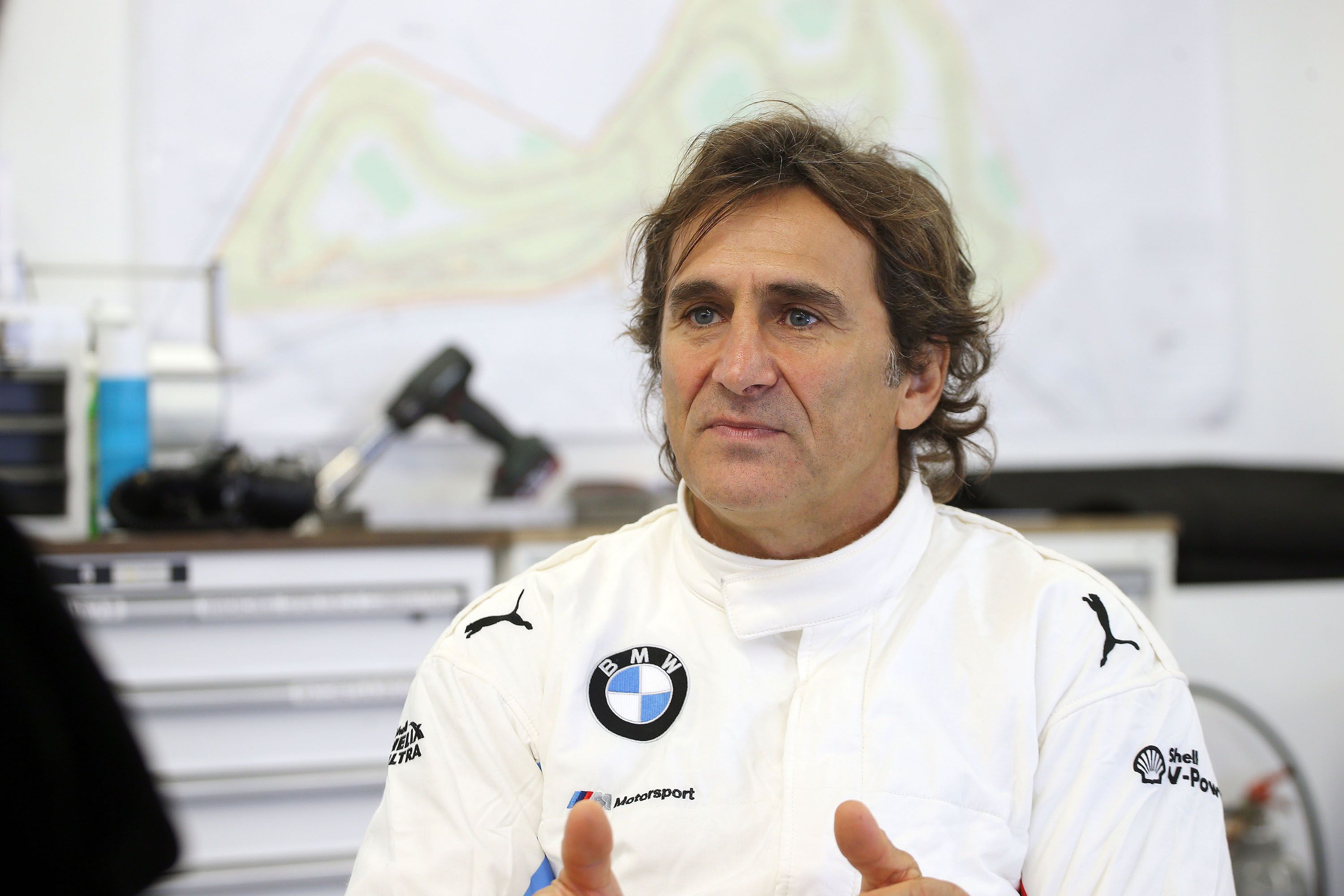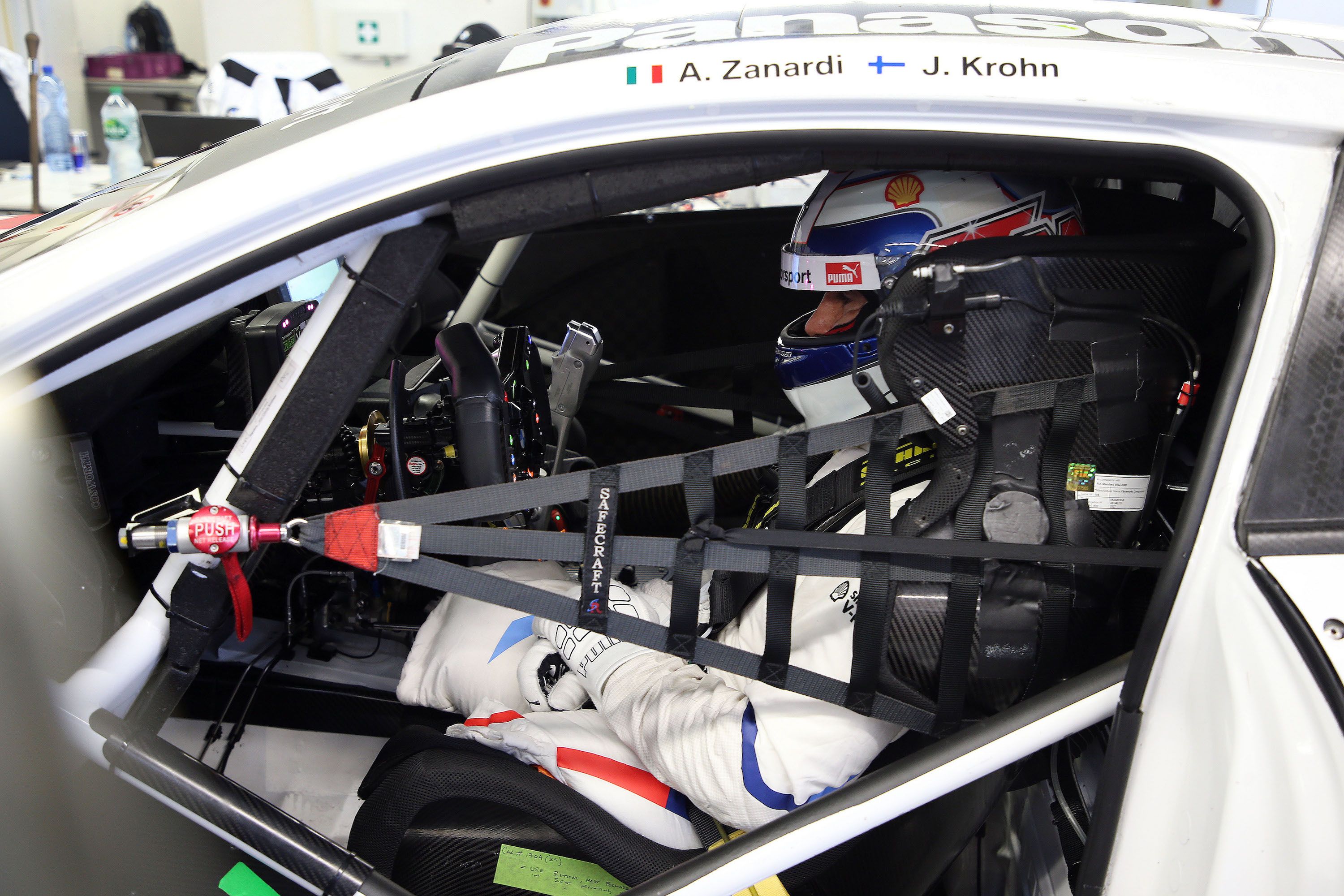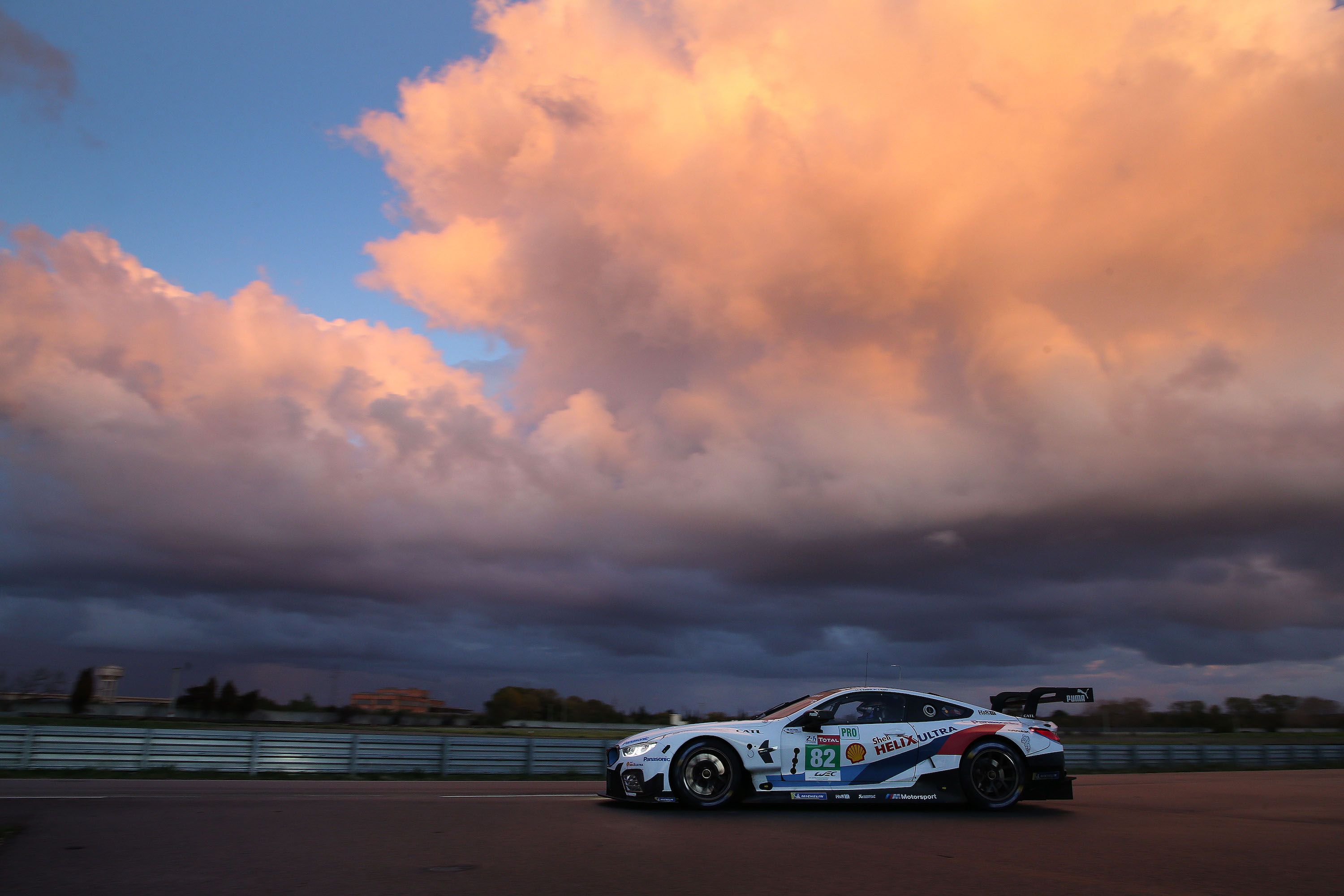The official confirmation that BMW is planning to revive the 8 Series and build the first M8 ever is arguably the best BMW-related news we received this year. And while both cars are still a few months from going public, the German firm offered us a sneak preview by launching the M8-based race car first. Unveiled at the 2017 Frankfurt Motor Show, it's called the M8 GTE and will mark the brand's return to the 24 Hours of Le Mans after seven years. The new race car will make its debut in early 2018, at the 24 Hours of Daytona.
BMW also confirmed that the M8 GTE will race before the 8 Series goes on sale, so don't expect the flagship coupe to arrive earlier than January 2018. But the good news is that the race car gives a good look at what the upcoming M8 will bring to the table in terms of design and even performance. Of course, the production model won't be as aggressive as the GTE-spec vehicle, but many of these styling features will make it on the coupe that you'll be able to find in dealerships. Let's have a closer at the M8 GTE and BMW's upcoming campaign in the FIA World Endurance Championship.
Continue reading to learn more about the BMW M8 GTE.
2018 BMW M8 GTE
- Make: Array
- Model: 2018 BMW M8 GTE
- [do not use] Vehicle Model: Array
Exterior
Design-wise, the M8 GTE is arguably the most aggressive race car in the current BMW stable, which includes hardcore models like the M4 DTM and M6 GT3 (GTLM). Granted, the other two are also pretty aggressive compared to their production counterparts, but the new M8 GTE is downright menacing.
The front fascia is a mix of traditional BMW styling cues and racing gear. The headlamps, for instance, look rather familiar and aren't very far off what we get on production models like the 4 Series. The iconic twin kidney grille is in there too, but it's significantly larger than anything else we see in showrooms. And due to cooling necessities, there's no mesh grille or the usual vertical slats.
Everything else is design with racing in mind. The muscular hood has massive vents, while the fender are wider than usual. Down below, the bumper is mostly made of huge air vents, flanked by big LED lights at the corners.
Onto the sides, we see the traditional BMW coupe lines, which according to the Germans will carry over unchanged on the production. Of course, the GTE is fitted with extra door vents, beefed-up side skirts, and side-exiting exhaust pipes. The plastic covers on the quarter windows and the gold wheels wrapped in Michelin rubber round out the race-specific profile.
The rear is a big contrast between the upper, almost production-ready fascia, and the lower section that looks like a standard model without the bumper. The massive, carbon-fiber wing sits atop a sporty trunk lid that features an integrated spoiler. The taillights are slim and aggressive, with wavy red LED strips. Below, there's a massive diffuser made from carbon-fiber. The aerodynamic element looks rather rough, but not out of place on a fast race car.
As it is the case with most BMW presentation cars, the M8 GTE is wrapped in a white livery with the traditional red, blue, and purple colors of BMW M Motorsport. The livery also includes the hashtag Mission8 and mission-8.com, a link to the car's dedicated page on BMW Motorsport's website.
Styling aside, the M8 GTE was built with the same 3D measurement technology as the 2017 M4 DTM. This ultra-modern measurement system enabled BMW to built such a complex car, which is assembled by hand, without the flaws that usually appear in the case of regular production vehicles. BMW also says that a new algorithm enabled a significant increase in CFD calculations, which led to more precise simulations before wind tunnel testing.
Finally, the car weighs in at only 1,220 kg (2,689 pounds) thanks to extensive use of carbon-fiber-reinforced plastic (CFRP) components. For a car that's five meters (16.4 feet) long and two meters (6.5 feet) wide, this is a great achievement.
Interior
Note: BMW M6 GTLM pictured here.
BMW had nothing to say about the M8 GTE's interior, and there are no official photos to run by. Surprised? Don't be! This is usually the case with race cars, which rarely get interior shots before they go racing at the track.
On the other hand, while the exterior is a good indication of how the production model will look like, the interior is probably far too different in terms of features. Sure, the dashboard likely retains the shape of the production model, but that's about it. Everything else was either redesigned or removed in order to save weight.
So yeah, expect the standard race-spec interior configuration with a small screen instead of the basic instrument cluster, a multi-function steering wheel, light-weight door panels, a heavily bolstered seat, and an FIA-approved roll-cage and harness system.
Drivetrain
The M8 GTE draws its juice from a V-8 engine using BMW's TwinPower Turbo Technology. The unit displaces 4.0 liters, unlike the usual 4.4-liter V-8 from Bimmer, but only because size is restricted by regulations. BMW says that the engine is capable of more than 500 horsepower, but the final output will depend on the FIA classification.
The cylinder block and cylinder head are taken from the production engine, which confirms that the 4.0-liter powerplant is somewhat related to the 4.4-liter in the road cars. There aren't any other details available, but BMW did mention that the goal was to achieve the greatest possible efficiency and maximum durability. Needless to say, the latter is extremely important on the race track, especially when running in the 24 Hours of Le Mans.
The transmission is a sequential, six-speed racing gearbox, a regular feature in modern race cars. The M8 GTE also uses a new traction control that was developed with the assistance of an artificial intelligence system. Sounds fancy, but BMW has yet to announce the full details. Other highlights include an electric paddle shift system, a limited-slip differential, CFRP drive shaft, and a Sachs carbon-fiber clutch.
The chassis uses four-way adjustable shock absorbers at all four corners and anti-roll bars with quick adjustment.
Competition
The M8 GTE race in both the FIA World Endurance Championship (WEC) and the IMSA WeatherTech SportsCar Championship (IWSC). Both championships have similar regulations, but the categories have different names. In the World Endurance Championship, the M8 GTE will be included in the LMGTE Pro category, the third tier below LMP1 and LMP2. In IMSA, the same class is called the GT Le Mans (or GT-LM) and slots below Prototype and Prototype Challenge.
There is a fourth class in each series, called LMGTE Am and GT Daytona (GT-D), but this category is for non-professional drivers and it remains to be seen if BMW will offer the M8 GTE to non-factory teams.
Either way, BMW will face some stiff competition. In LMGTE Pro, this years contenders included Ford Chip Ganassi with the new Ford GT, AF Corse with the Ferrari 488 GTE, Porsche GT Team powered by the 911 RSR, and the Vantage GTEs of Aston Martin Racing. The M8 GTE will be the first factory-backed BMW in years to race in this category.
Moving over to IMSA, it's important to point out that BMW is already tackling the GT Le Mans class with the M6 GTLM. The Germans scored two wins this season and sit third in the standings. The competition is similar to that in LMGTE Pro, and includes the Porsche 911 RSR (Porsche GT Team), the Ford GT (Ford Chip Ganassi Racing), and the Ferrari 488 GTE (Risi Competizione). However, this category is also contested by Corvette Racing, which runs a pack of very fast and reliable Chevrolet Corvette C7.R race cars.
BMW History at Le Mans
BMW has a long story with endurance racing and its relationship with the 24 Hours of Le Mans goes all the way back to 1939, when a 328 roadster claimed a class victory after 236 laps. While Bimmers were exactly regulars at Circuit de la Sarte until 1970, the blue and white roundel became a constant presence starting 1972, when BMw began paying more attention to its motorsport program.
The Art Cars are among the most iconic BMWs to have race at Le Mans, starting with the Alexander Calder version of the 3.0 CSL in 1975 and the Roy Lichtenstein-designed 320i from 1977. In 1979, BMW returned with an M1 painted by Andy Warhol.
The company's most important success at the Le Mans came in 1999, when Yannick Dalmas, Joachim Winkelhock, and Pierluigi Martini took overall victory in a BMW V12 LMR prototype. The McLaren F1 GTR that won the race in 1995 was also powered by a BMW V-12 engine. BMW's most recent appearance at Le Mans dates back to 2011, when the company fielded the M3 GT2 and finished third in class. In 2010, the Jeff Koons BMW M3 GT2 Art Car wrote the latest chapter in the story of the BMW Art Car Collection at Le Mans.
Conclusion
It may seem surprising for BMW to launch a race version of the 8 Series before the road car, but it's quite the common practice nowadays. Ford and Acura did the same with the GT and NSX, respectively, and these are just examples off the top of my head. It's also a good way to create even more hype around the upcoming, production version of the M8, which is already one of the most anticipated releases of 2018. But on a more realistic note, the M8 GTE is actually a necessity for BMW. With the 6 Series discontinued, the M6 GTLM doesn't make sense, and a replacement was necessary for 2018. Granted, BMW could've continued to use the race-spec M6 for another year (Mercedes did the same with the SLS AMG some years ago), but the current coupe isn't as successful as the German wanted. And of course, a return to Le Mans needs a whole lot of bells and whistles, and race-spec M8 (an unprecedented vehicle for BMW) is as good as it gets.
References
BMW M4 DTM
Read our full review on the BMW M4 DTM.
BMW M6 GTLM
Read our full review on the BMW M6 GTLM.
BMW 8 Series
Read our full speculative review on the BMW 8 Series.
BMW M8
Read our full speculative review on the BMW M8.
BMW 8 Series Concept Coupe
Read our full review on the BMW 8 Series Concept Coupe.

